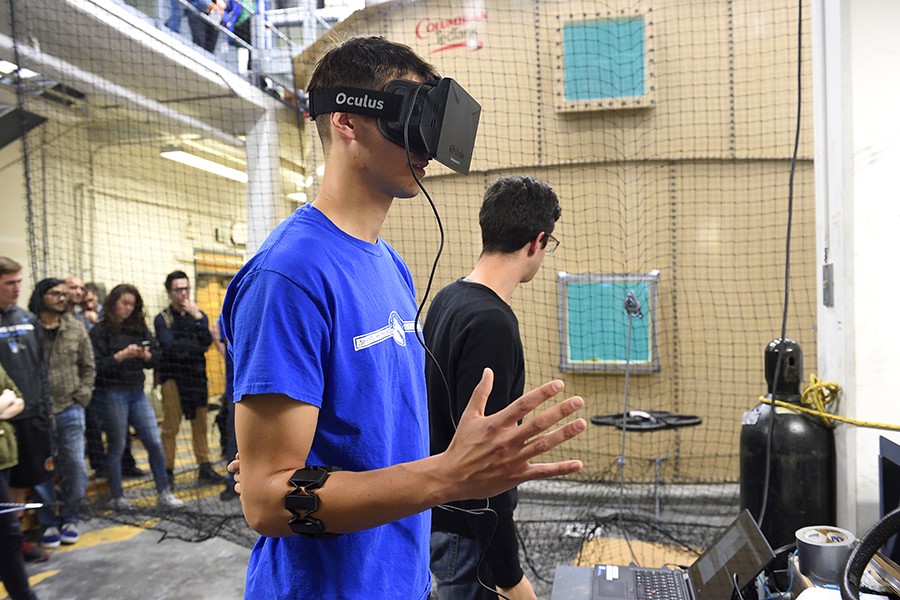Practical Consideration In Experimental Computional Sensing
Forward Models and Inverse Problems
In the computational sensing community, a model that explains the mapping of the signal-of-interest to the measurement data is called the forward model . The problem of taking the observed data and calculating a reconstruction of the signal-of-interst or task-specic parameters is called the inverse problem. As you can imagine, solving inverse problems of isomorphic measurements, when one is concerned with reconstruction of the signal-of-interest, tend to be straightforward. In the weighing problem, the measurement is also the reconstruction. In the slit spectrometer, where the forward model can be simply the continuous to discrete mapping of the spectrum. The spectrum is the interpolated measurement. Of course, one can begin to add levels of complexity to the forward model to account for various physical aspects of the sensor, such as the fact the FPA cannot measure certain wavelength regions or the noise in our measurements. But again, assuming proper sampling and enough SNR, the reconstruction of the isomorphic signal is the measurement. This simplicity is one reason why isomorphic sensing still dominates at the consumer level despite all of the drawbacks However, the multiplexing of signal information forces one to develop computational steps to solving the inverse problem. In the multiplexed weighing problem, a signicant complication occurs when each sheet of paper has a different weight. Now solving the inverse problem is not as straightforward. In algebra, given only 1 equation and 100 unknowns, the problem is underdetermined. Similarly given a 1 measurement of all 100 sheets is also an underdetermined problem. What one can do is try measuring different combinations of the 100 sheets, each new combination provides a new equation to work with reducing the error. Naively, one might assume that randomly choosing 100 unique combinations and solve 100 equations using algebra. This works ne when there is no measurement error. However, in the presence of noise, in many applications including the weighing problem, random combinations are not the best way to conduct the coding. They are sub-optimal in terms of reconstruction error. This lead many to begin working on optimal coding strategies of signals for sensing and is major topic in this disseration. In summary, the forward model of a sensor is essentially accounting for the physics which govern the measurement. While the solving the inverse problem is a mathematical problem which attempts to either reconstruct the object or to calculate task-specic data from the measurement data. Unfortunately, not all multiplexing forward models codes have mathematically elegant inversion steps. Often the physics of the situation force non-isomorphic measurements which require a computational step to solve the inverse problem.



